North Sea Cycle Route - Redcar to Tynemouth
Souter Lighthouse
Stage 11 - Ride overview
One moment you ride beside the salty sea, the next over the remains of a coal mine, the next past industrial remains of iron foundries, then open moorland where the curlews sing. This is one of the most memorable days of the whole of Route 1. It is gritty, sometimes rough, beautiful and meloncholic. There’s coal dust, there’s tremendous kindness and curiosity that anyone would want to tour through this land. There’s pride and real sense of history and there’s plenty of reminders along the way that this was the industrial heartland of not just England, but of the World. Whatever your views on the slow pace of regeneration, the apparent government neglect, the beauty intertwined with raw ugliness, this stage will stir the emotions.
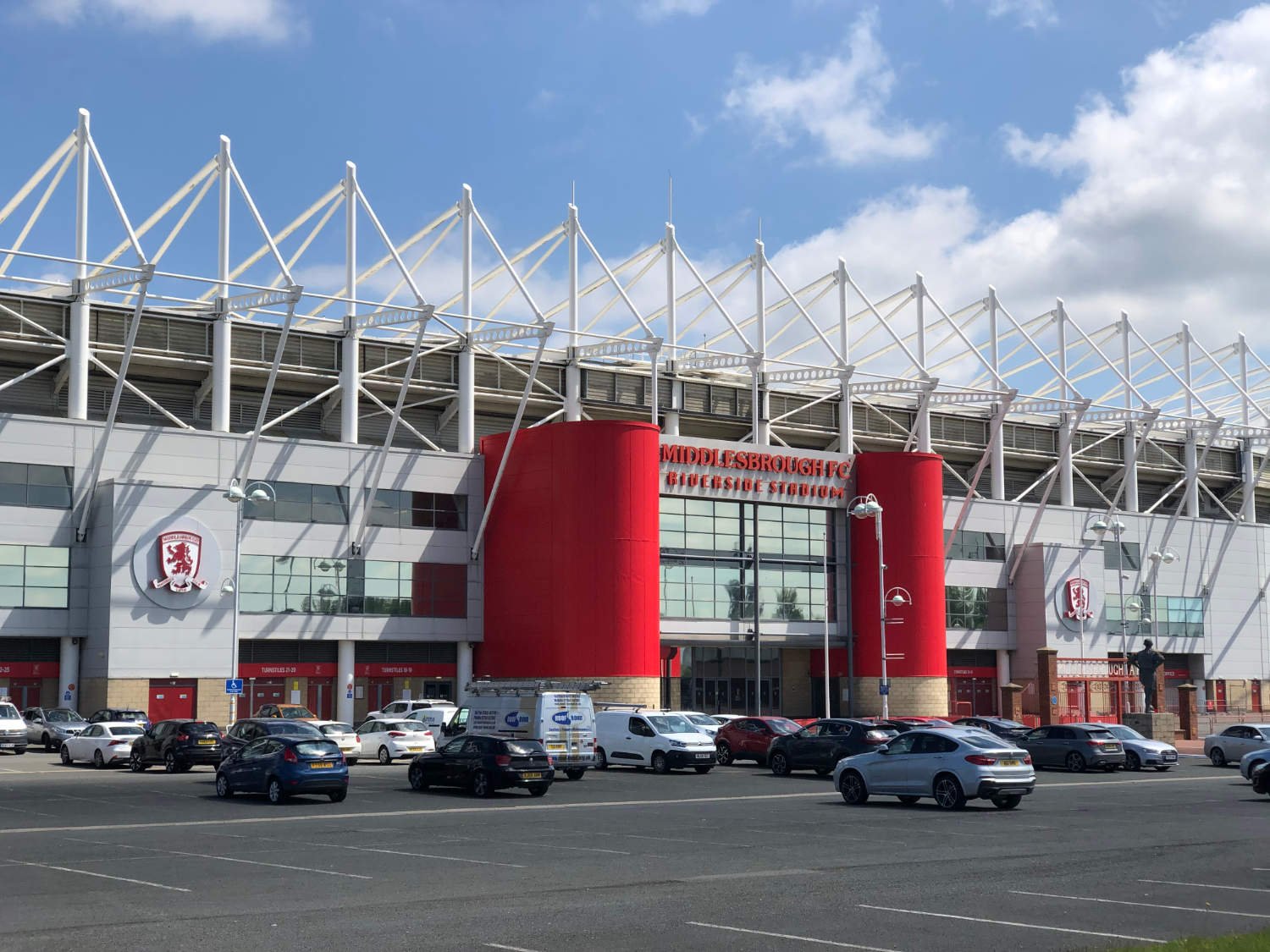

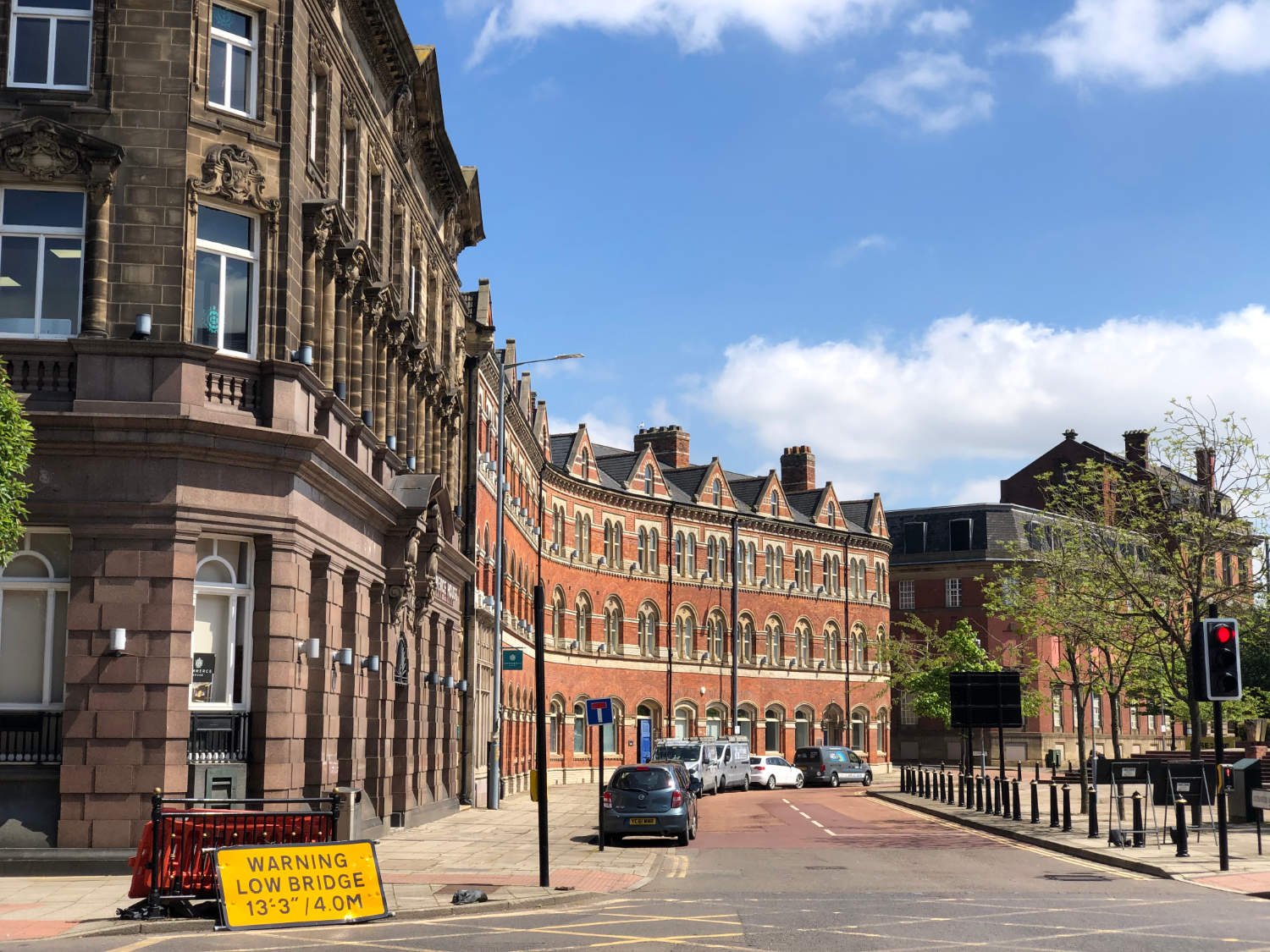


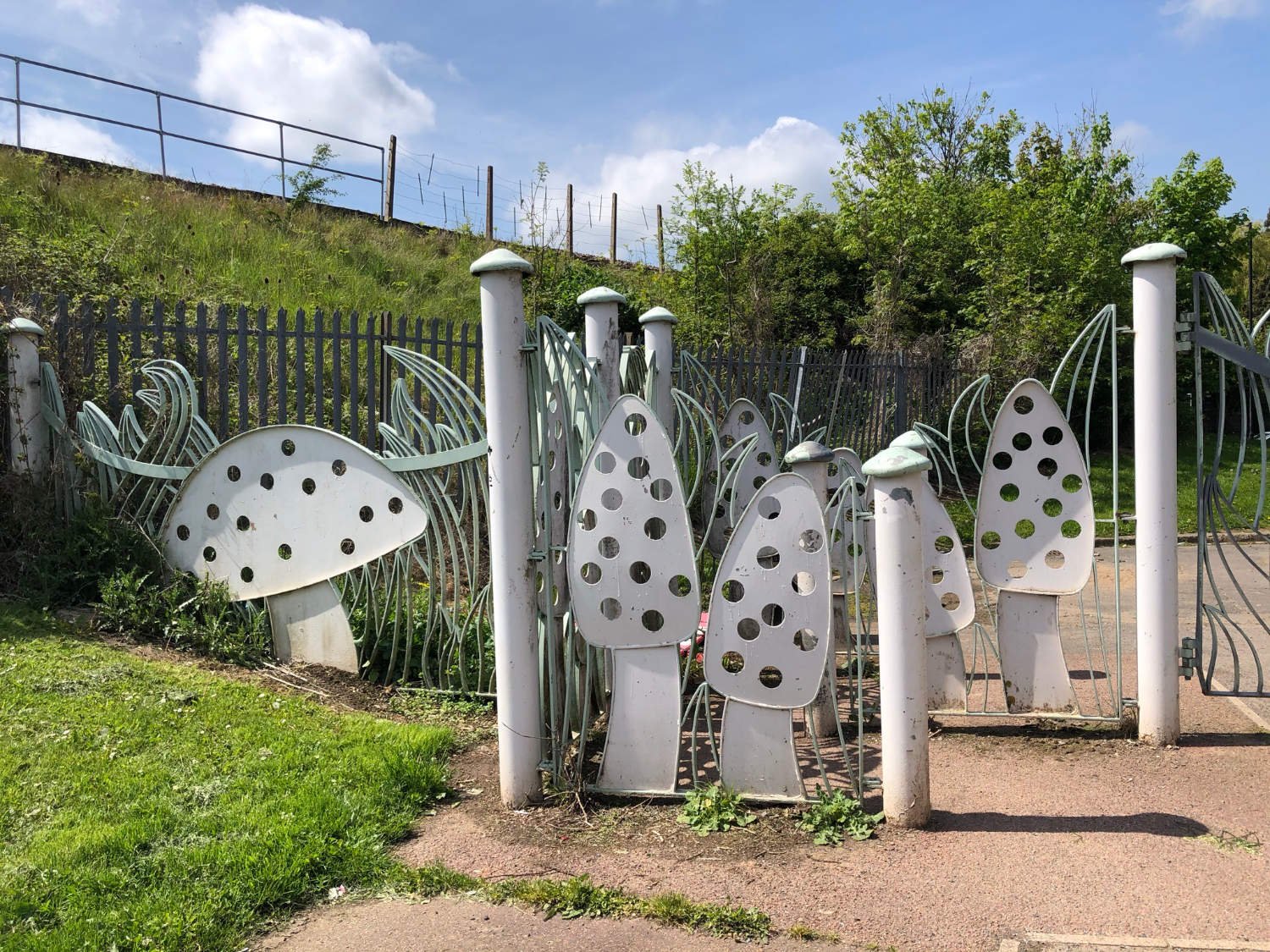
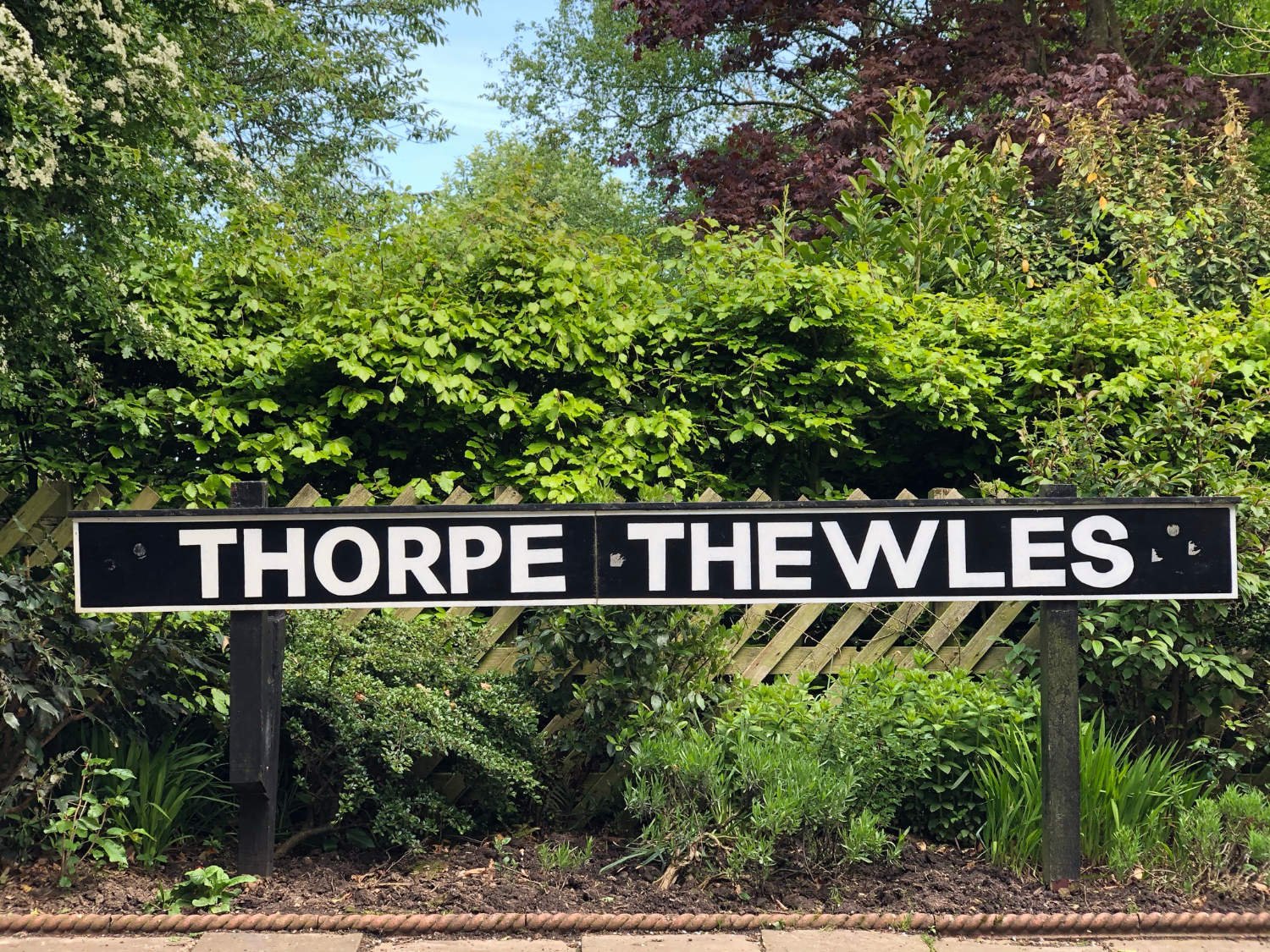
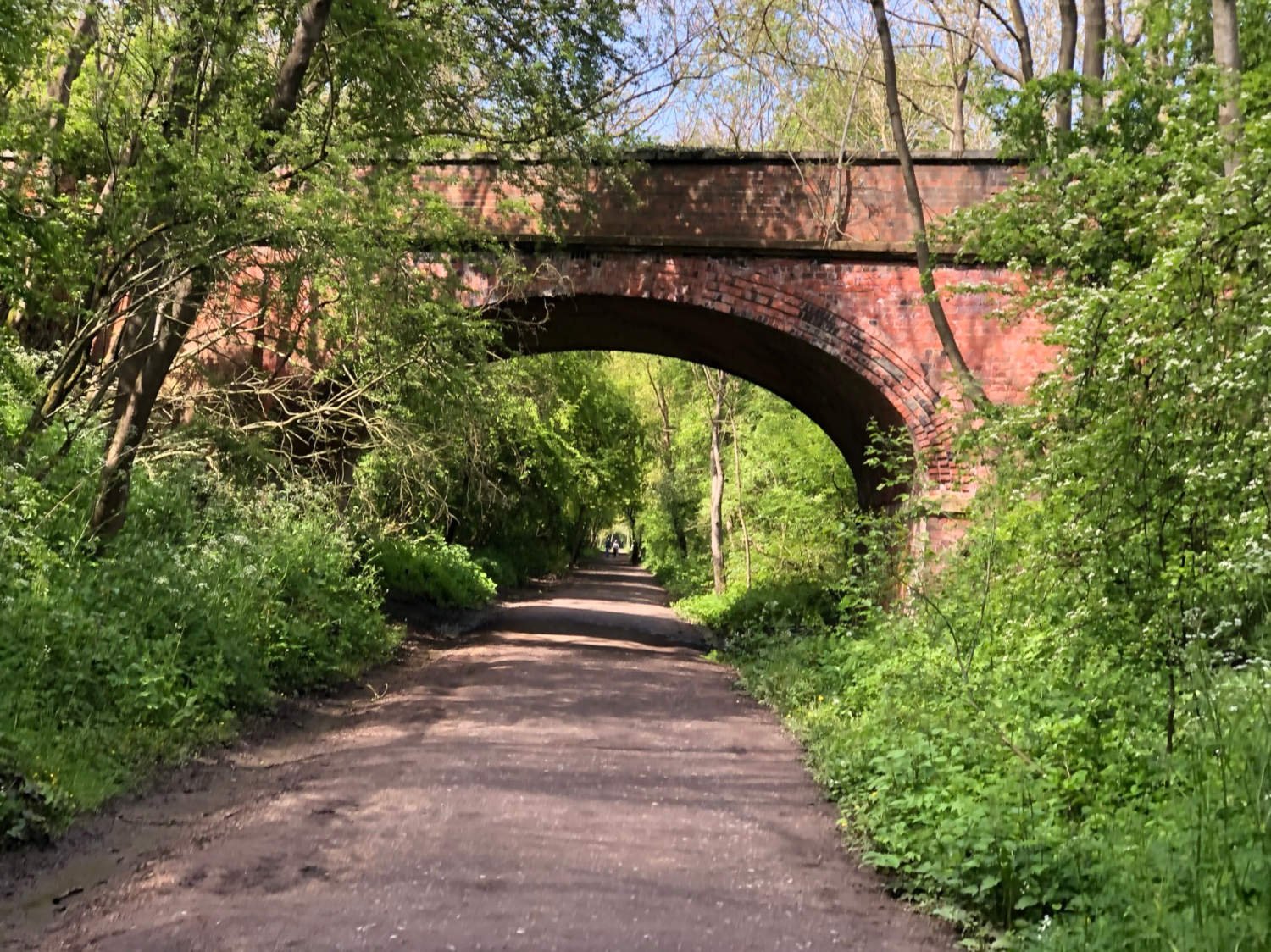

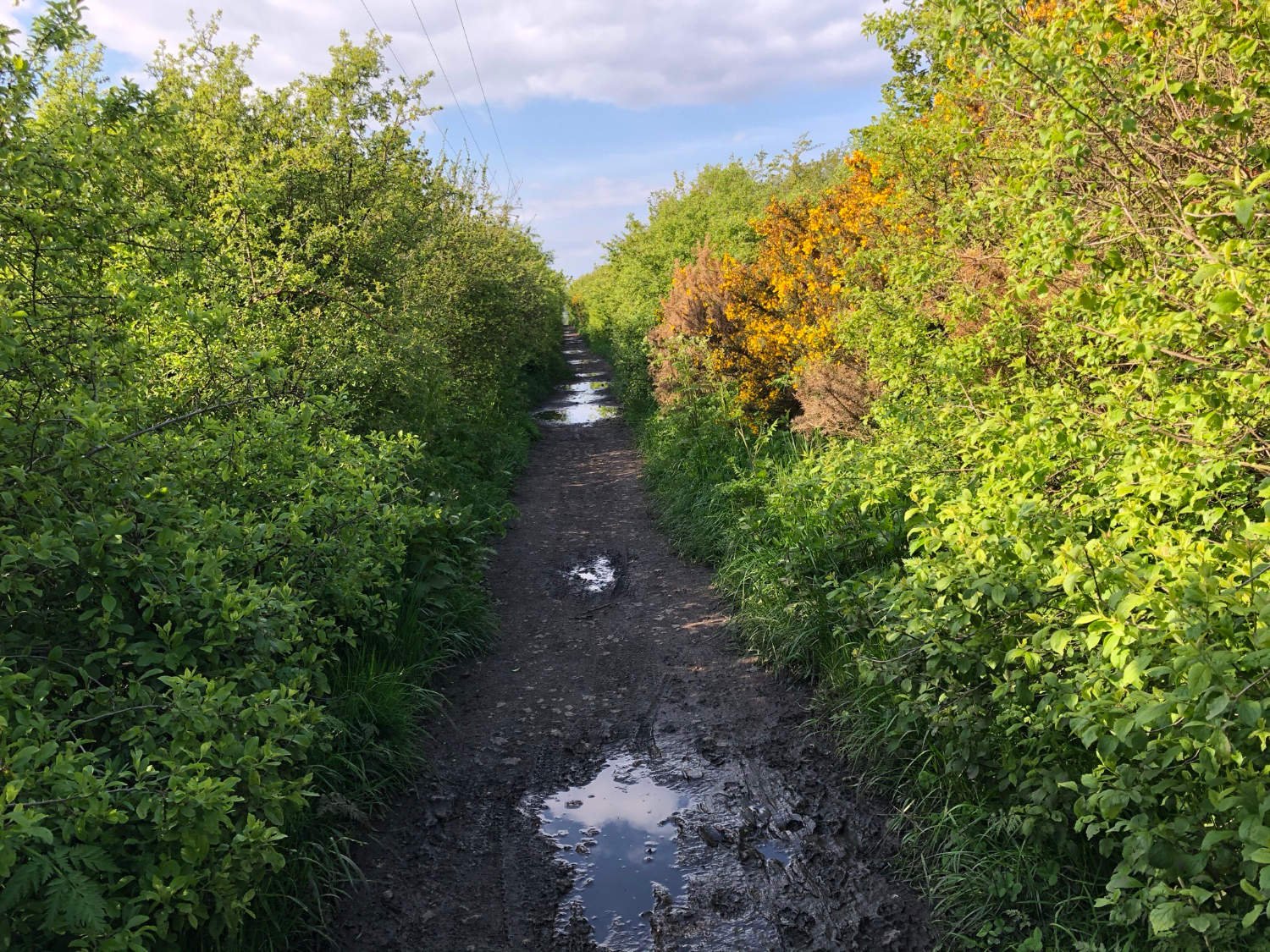

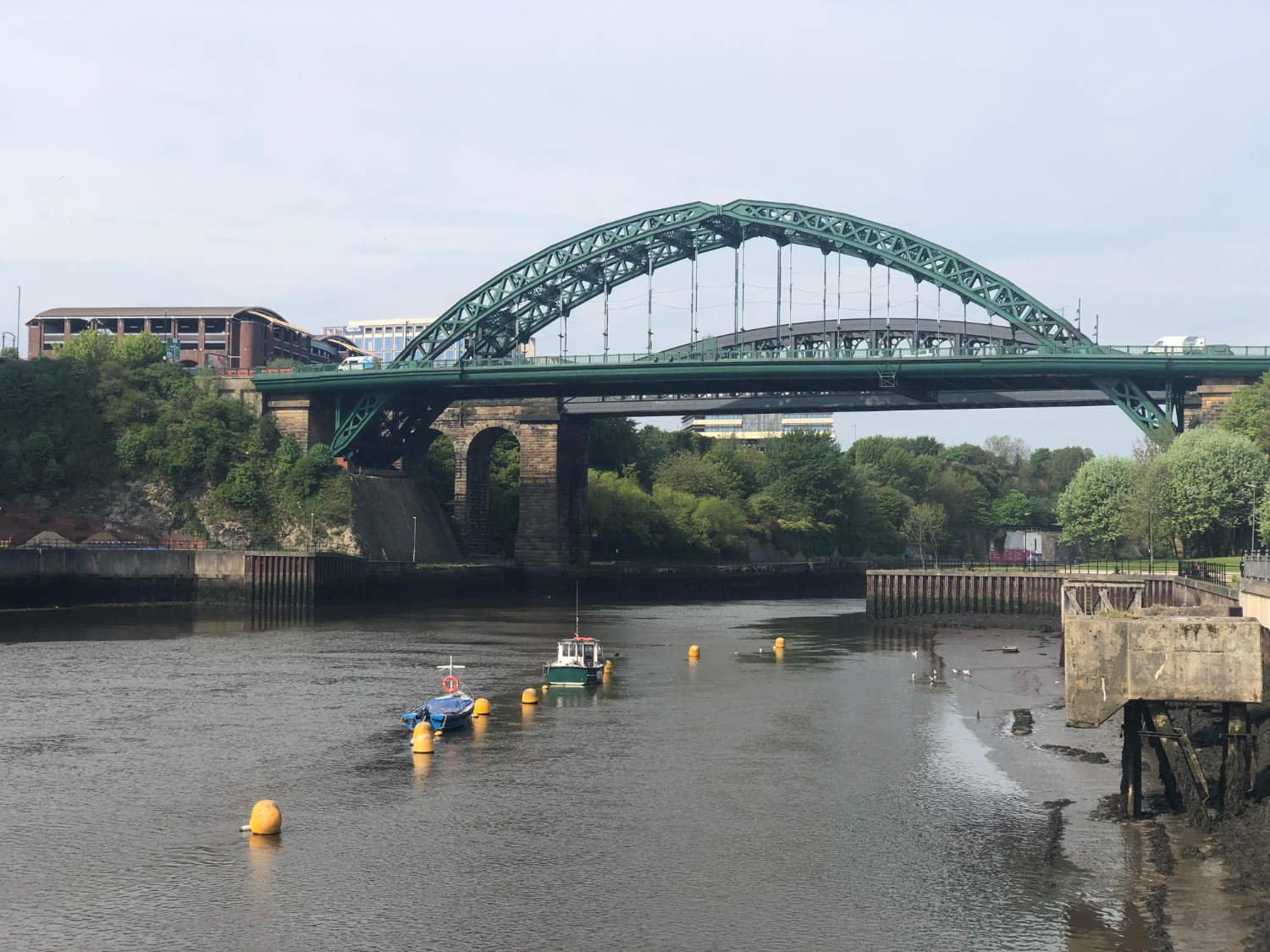

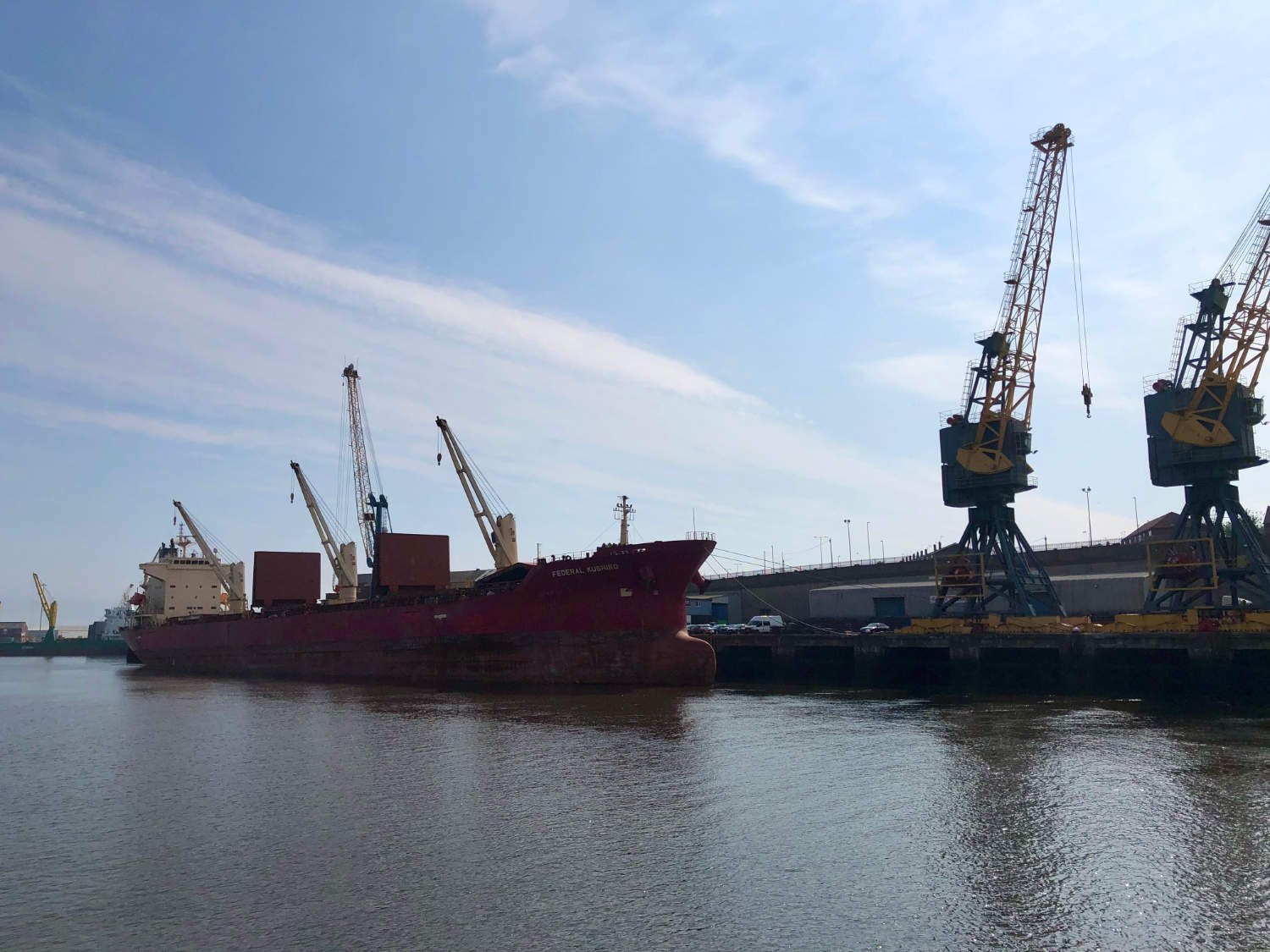
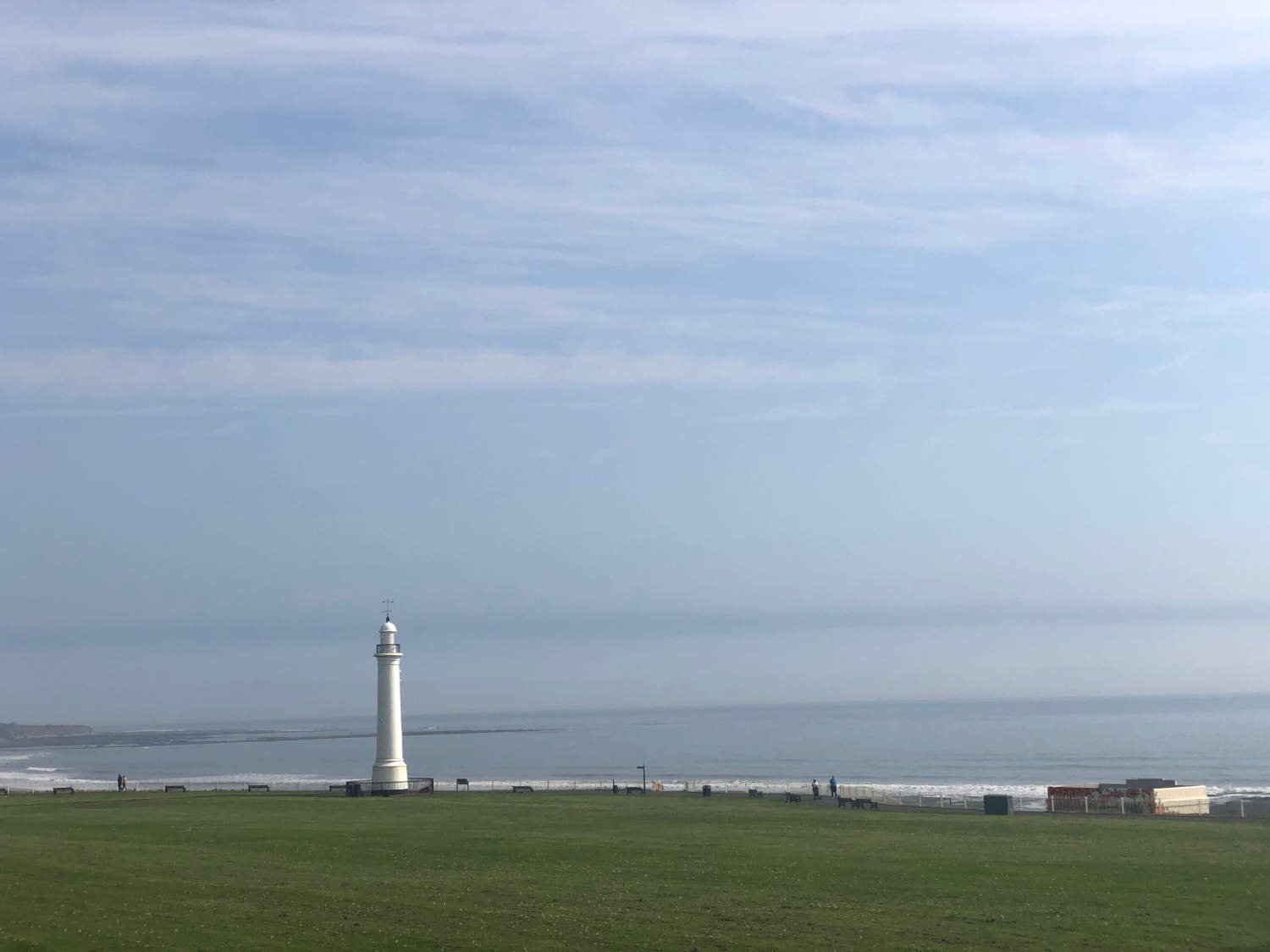

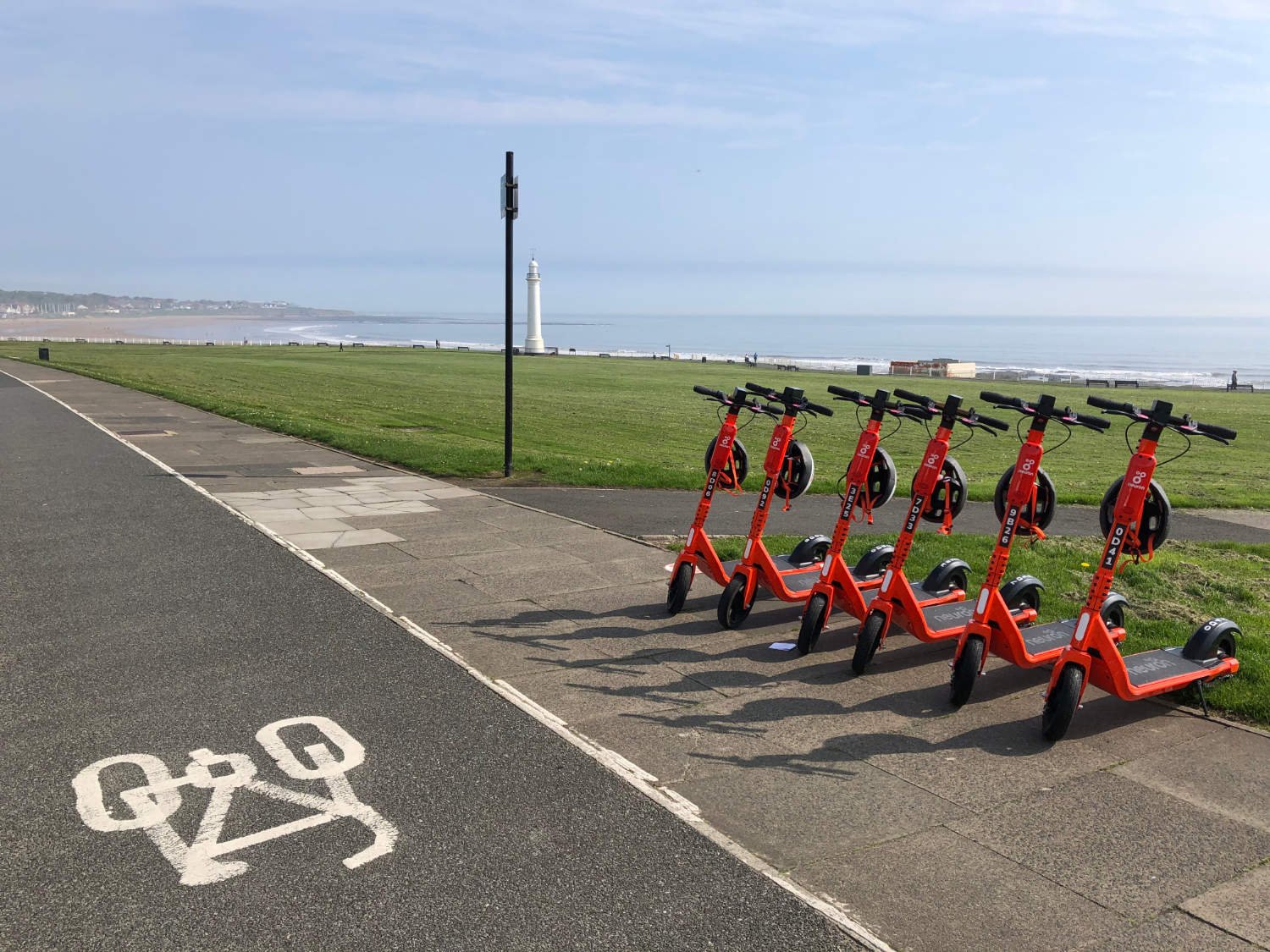
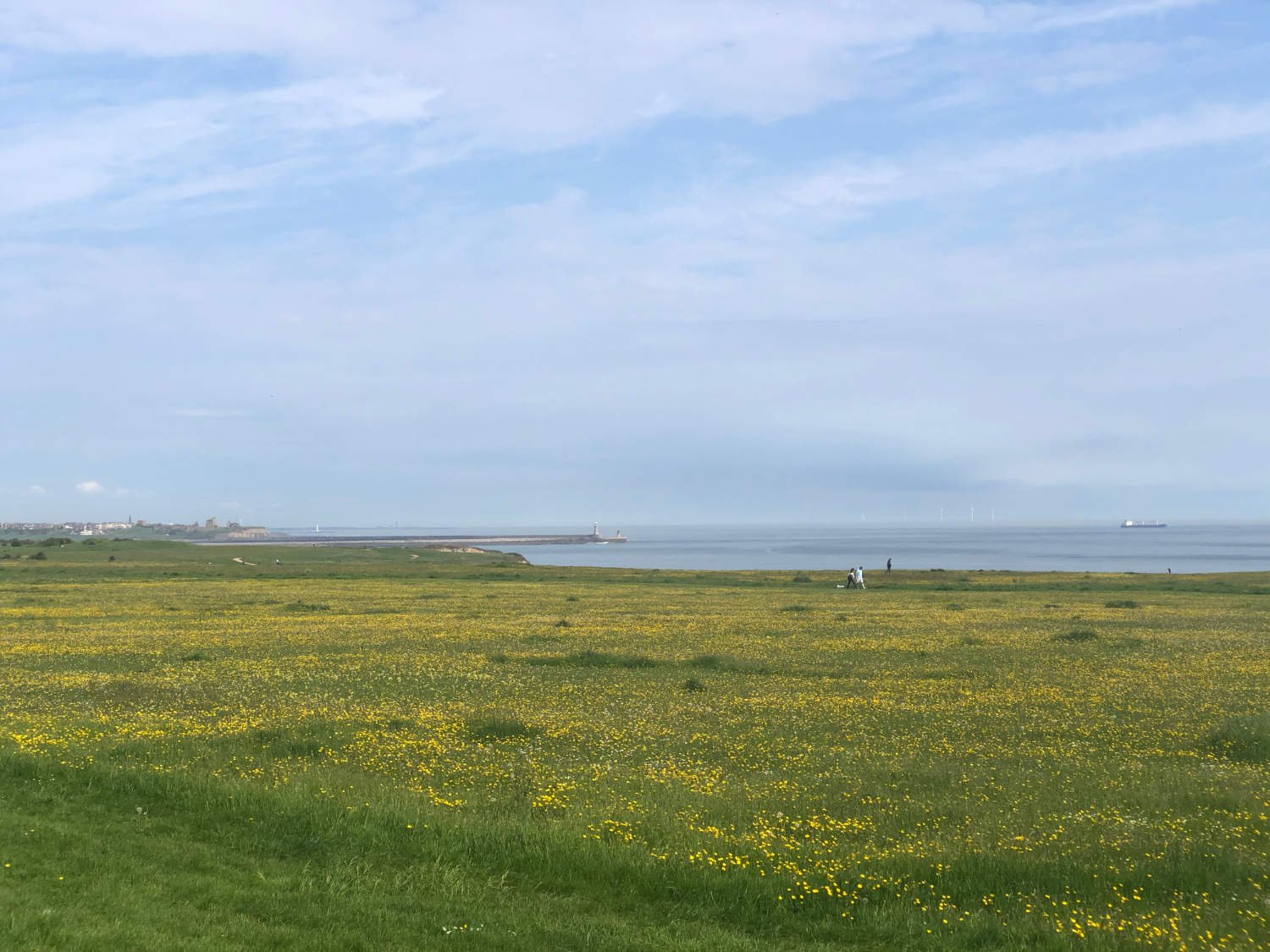
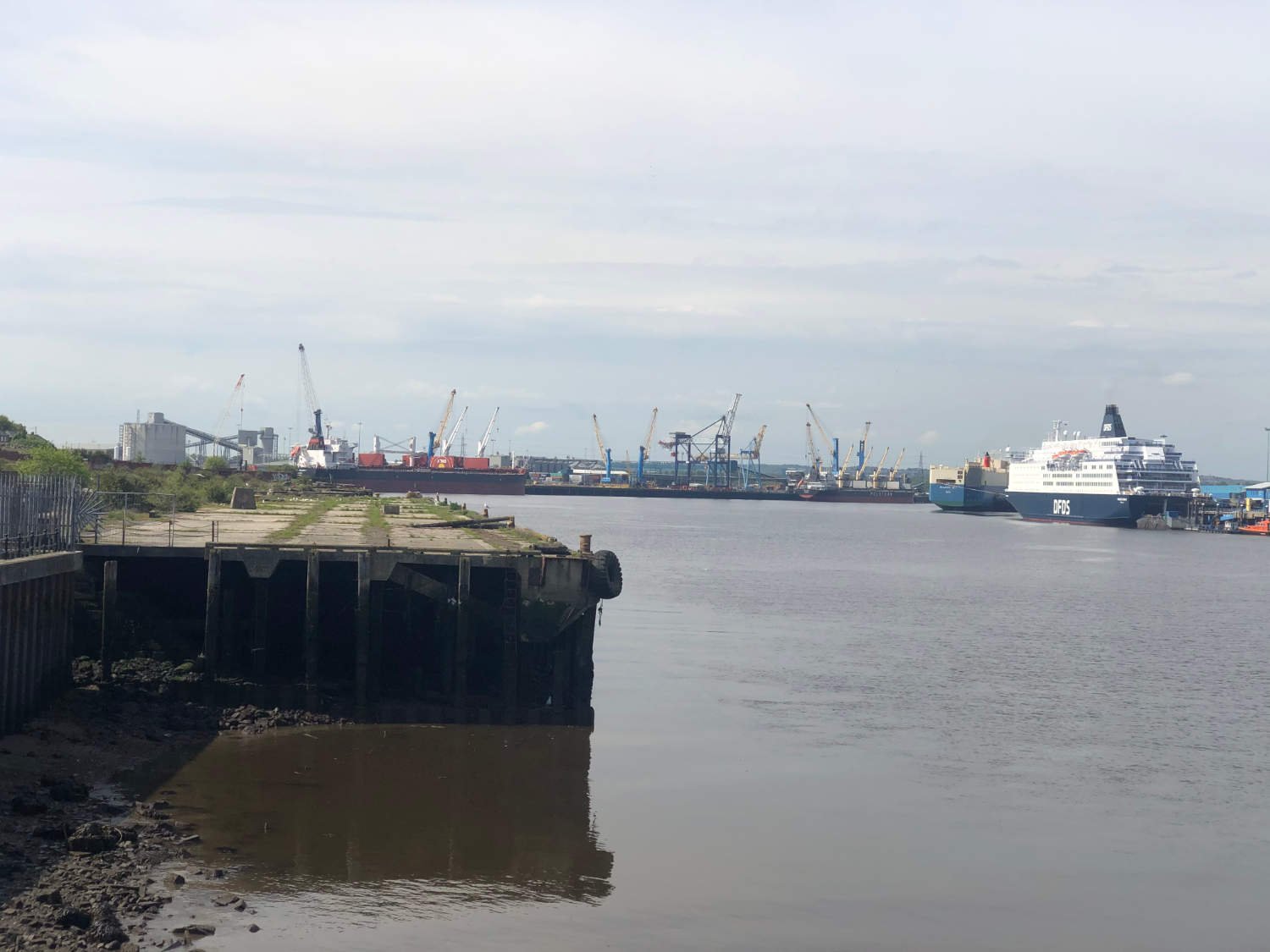
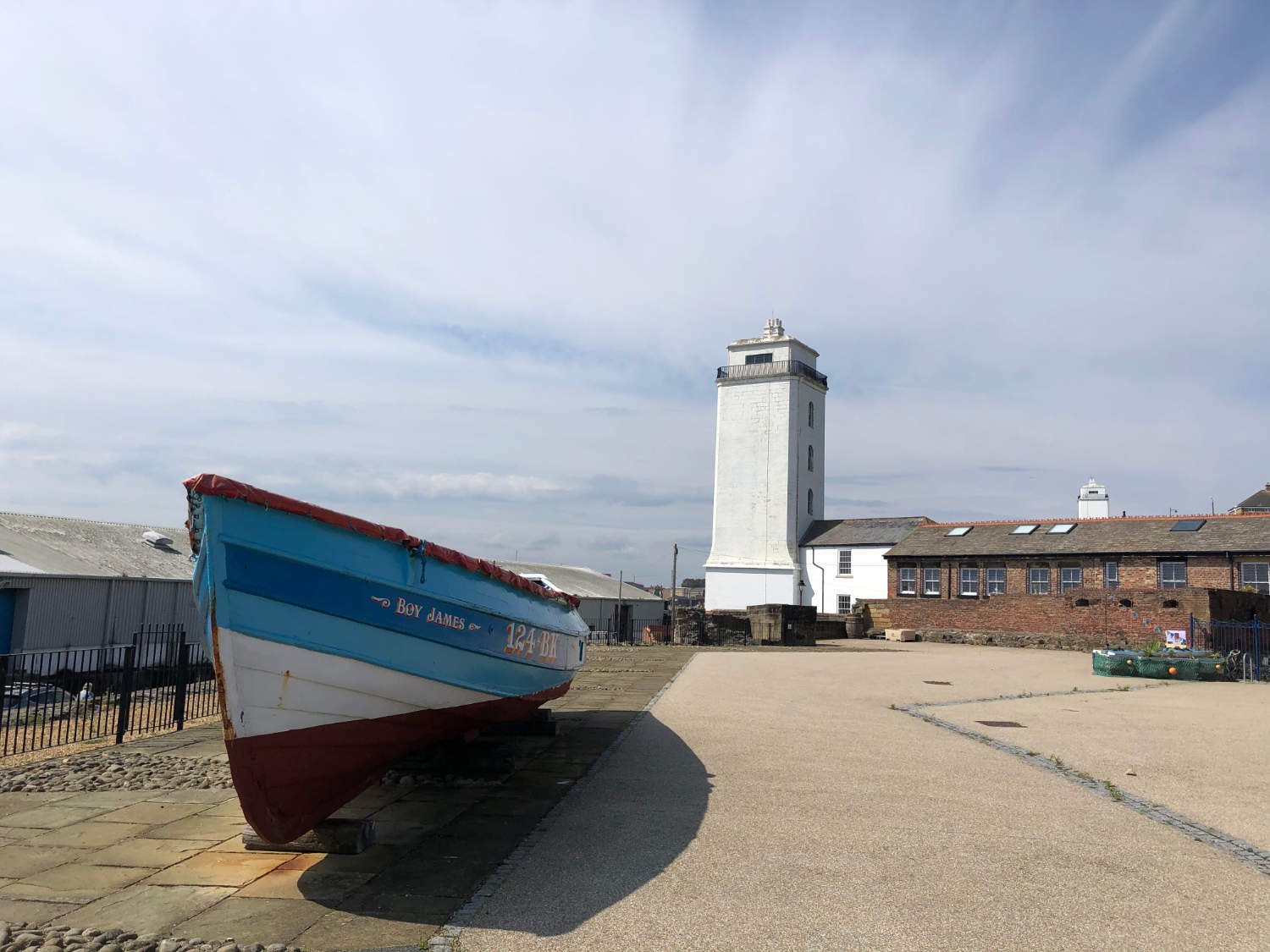
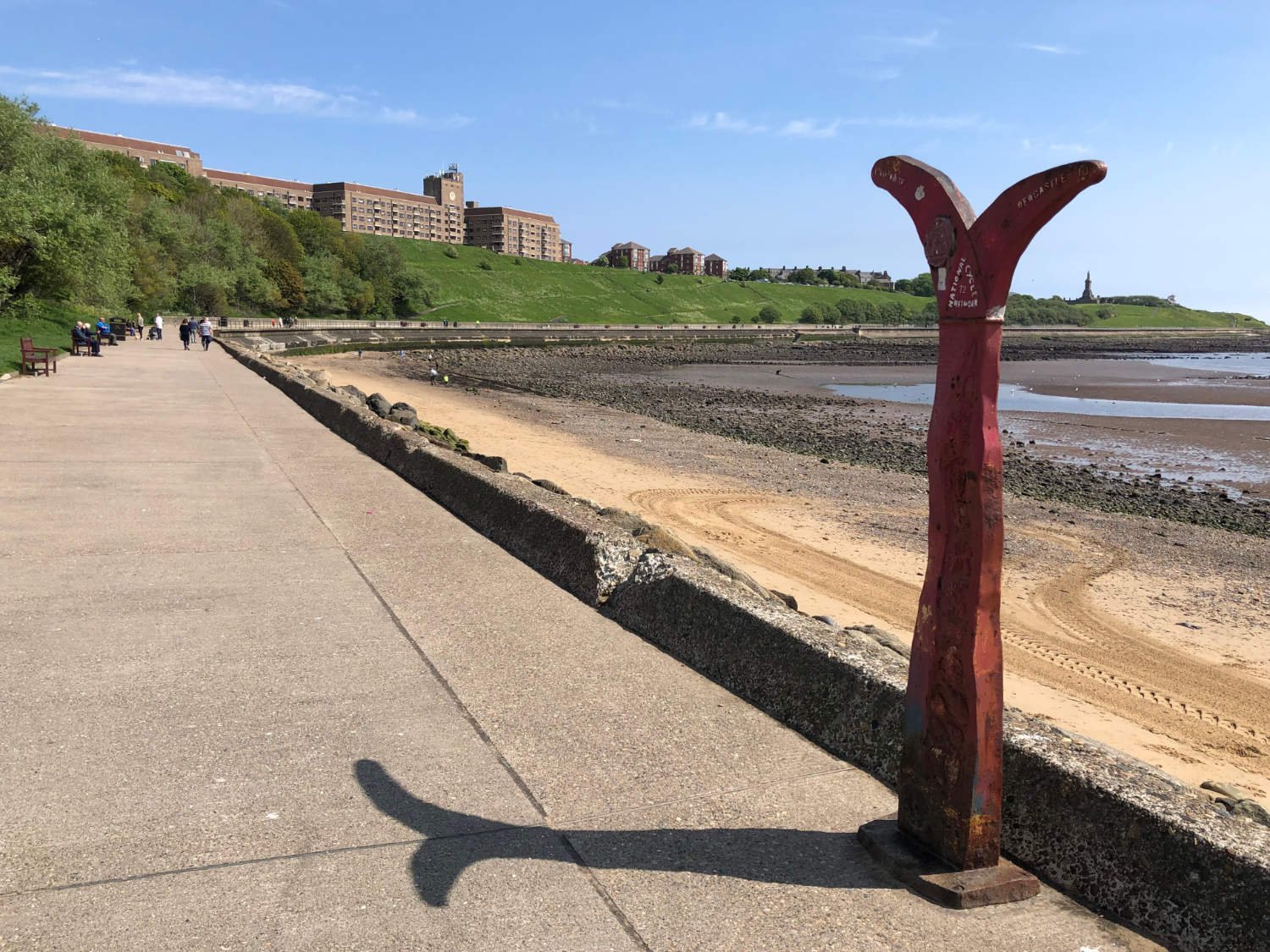
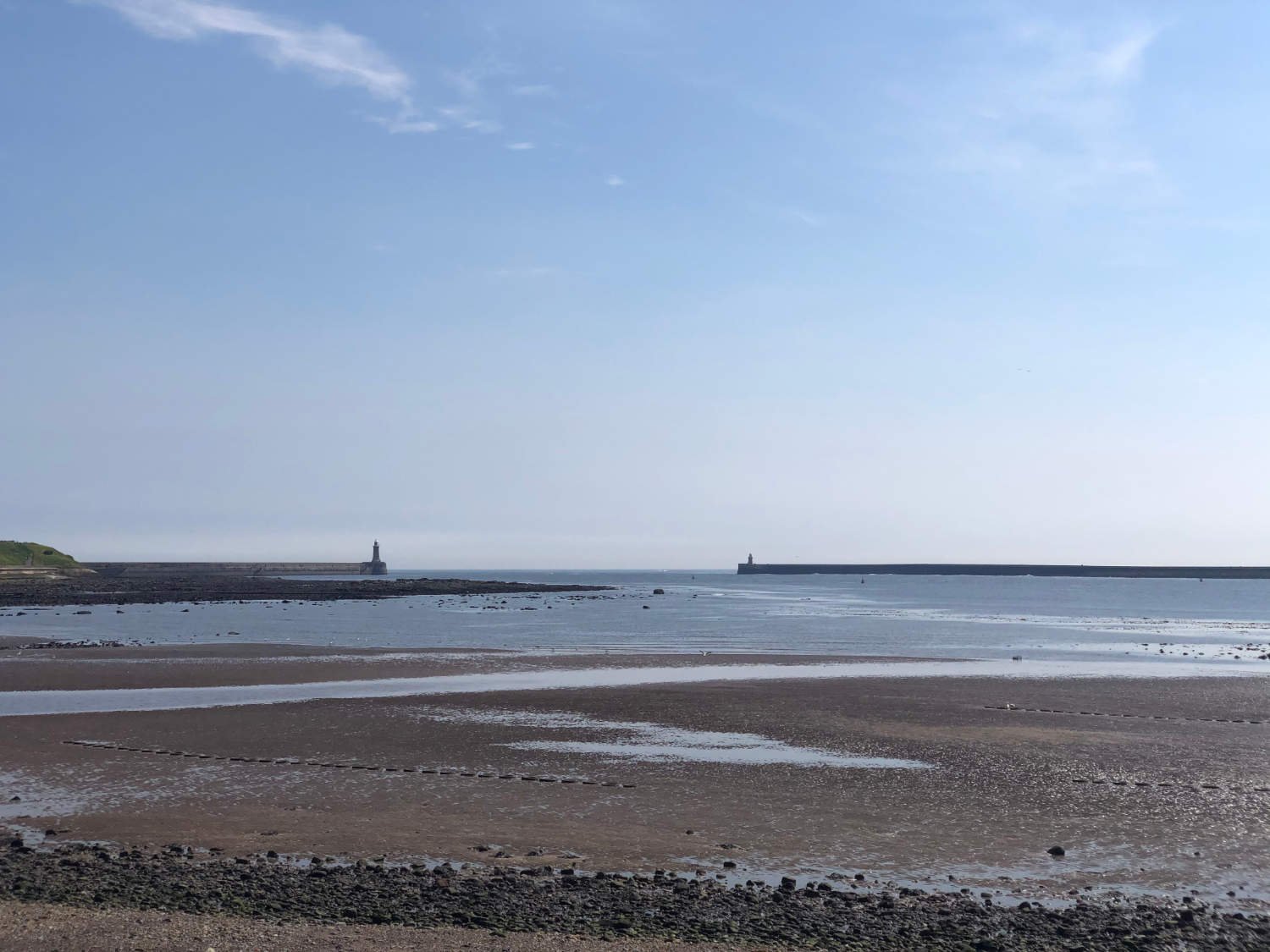
Ride Practicalities
The route is well signed throughout as NCN 1.
START/FINISH: Redcar/Tynemouth DISTANCE: 98km TOTAL ASCENT: 671m TERRAIN AND SURFACES: Mainly cyclepaths, including an ex-mining railway across the moors with a cinder surface, others tracks are in varying degrees of maintenance, along with quiet roads. RECOMMENDED CAFÈS/PUBS/ACCOMMODATION: Whitby: Tynemouth; Riley’s Fish Shack . Opportunities here to seek your own places and note them in the ‘comments’ section below NEARBY MAINLINE TRAIN SERVICES: Redcar, Middlesborough, Sunderland, South Shields, Tynemouth PLACES TO VISIT; Whitby; Sunderland; The Glass Museum, South Shields; Roman Fort, LINKS TO OTHER RIDES: NCN1 Stage 9 and stage 11, The North York Moors Gravel Weekender
Ride notes
As you leave Redcar, prepare yourself for a gritty day of industry, for you are about to set off into what was for the best part of a hundred years, the industrial heartland of the world. Hundreds of ships were built on along the rivers you’ll cross, millions of tons of coal was extracted and an uncountable tonnage of iron was hammered, welded and forged into just about every purpose needed by mankind. Ghosts swirl in this landscape, echoes of a hard blue-collar life still rebound off walls.
South Bank, Grangetown
Leaving Redcar, you ride through some purposeful but ugly estates. Any thought by government that manual workers also need space and greenery as much as the mandarins in London, was quickly dispensed with as estate after dreary estate was built. But riding through it would be surprising if you were not warmly greeted. Stop for supplies and you’ll porbably be surrounded by crowds of curious shoppers asking what on earth has brought you to their neck of the woods. They’ll as likely never heard of the National Cycle Route 1 even if their front door opens out onto it.
Cycle path, South Bank, Grangetown
Onward we ride, along some curious cycle paths - sometimes wider than a road, sometimes strewn with litter, sometimes enhanced by a sculpture to Middlesborough. Like some living organism, Middlesborough developed from a single cell. A monk’s cell you understand, dating from the 7th century, but a cell nonetheless and it grew to become the world’s industrial powerhouse. And like all living things the cells age, and the body (town) becomes decrepit. Middlesborough is in advanced old age, and seems a forlorn and melancholic place where buddleia and brambles have replaced the mills and foundries. Some of the great industrial structures still remain including the Transporter Bridge. A gondola transports vehicles across the Tees suspended from from rails on the skeletal structure. It opened in 1911 and closed in 2019. It is one of only 12 remaining in the world.
Bolckow Vaughan Iron works, Middlesborough
Iron is what made this town, when Henry Bolckow in partnership with John Vaughan founded the Vulcan iron foundry, using the plentiful supply of ironstone in the local hills. The town became the "Iron-smelting centre of the world" and Bolckow, Vaughan & Co., Ltd the largest company in existence in the middle of the nineteenth century. The population rose from 40 in 1820 to 90,000 by the turn of the twentieth century.
Cleveland Street, Middlesborough
The riding is partly on fairly busy roads and partly on deserted industrial sites, either on roads following wire-mesh fencing or across acres of cracked concrete. Pedalling through the town, there seems to be little industry and drive. The good people of the town look down on their cups, poor and uncertain in which direction to go. The confident Victorian architecture of the town centre does little to dispel the melancholy.
The Lifting Bridge across the Tees
Riding onwards to the river Wear, you arrive at another fabulous and innovative bridge The Tees Newport Bridge, a vertical-lift bridge, built in 1934.
Haswell to Hart Cycleway
Arriving in Stockton, home of course to the world’s first railway, the riding is through more suburbs before picking up the Haswell to Hart Cycleway which runs across open moorland, passing old coal mining settlements such as Morwood and Shotton as it does. The air still smells of coal, the surface is covered in cinders or the ash from old furnaces, which if wet, gives the bike a nice black coating. To be traffic-free again is a freeing feeling and you purr along happily for ten miles.
Hetton Colliery
Hetton is the strangest of places; the old colliery and railway had been laid out by George Stephenson and built by his brother Robert, and had been started in 1822. Historically it began production in 1822 and was one of the most important mines in the Durham Coalfield. Today, the structures, pit-heads, and tips have been removed leaving a layer of coke and other black spoil on the surface. There are no markings for paths - it is a black desert with the odd goat willow growing green amidst the night-black landscape. It is disorientating and you may need to have more than one go at finding the exit - marked by the usual NCN 1 sign beside a clear path.
Soon you’re into Sunderland, a port for coal, salt and glass. Ships from the Baltic crossed the North Sea filled with sand as ballast. The availability of coal and limestone, along with the sand made Sunderland the ideal place for glass manufacture and it retained its national dominance until late into the twentieth century. A museum in the City Centre explains the history of the manufacture. But it was for ship building that the city’s fame rested. It was said to be the ‘greatest ship-building port in the world.’ In 1815 1815 600 wooden ships were built and by 1840 there were 76 shipyards. By the mid nineteenth century, almost a third of the UK’s ships were built in Sunderland. In the city centre’s square, there is set into the pavement, a list of all the ships built in Sunderland - it stretches for some considerable distance.
Some of the names of ships built in Sunderland. The list stretches across the city centre, across roads and down to the port
Exiting Sunderland, using the cycle lanes, you cross the river Wear on the old iron bridge and swap the industrial might of the North East for the most fabulous ride beside the sea. Wide sand/shingle beaches, swathes of grass, gulls in the air and the smell of salt and sea to clear your sinuses. You ride on a shared path, wide , smooth and barely used. Ribbon developments of bungalows, seaside between-the-wars gabled homes, cafes and promenades. The horizontals are huge - flat grasslands, great curves of bays, even the houses are low-lying, testament to the winds that hurl across the sea. At Souter, you ride past Souter Point which was the first lighthouse in the world to use an alternating electric current, which made it the most adavanced in the world in 1871. There are trecherous reefs between the Tyne and the Wear which have claimed many a ship.
1 sign on the Cabin door of the Tyne Ferry
There’s a ferry to take you across the Tyne, with an NCN 1 sign on the cabin door. Should you wish to pause the ride here, take the NCN 14 route into Newcastle, otherwise once across the river, follow the cycle paths to Tynemouth, where the stage ends. Riley’s Fish Shack, on the beach will serve you a good fish supper - oysters, gurnard, haddock etc., in all manner of styles.
Every route on this website has been carefully researched as well as ridden. However situations on the ground can change quickly. If you know of changes to this route, or cafes, pubs and the like which you think other cyclists need to know about, feel free to share your thoughts below.
If you enjoyed this guide, why not subscribe to the website so as not to miss other inspirational routes?
wheremywheelsgo.uk is a Feedspot UK Cycling top website









